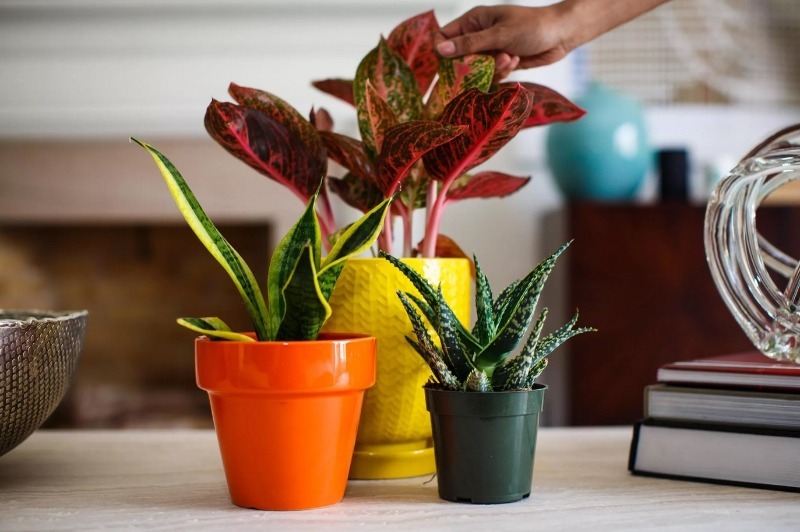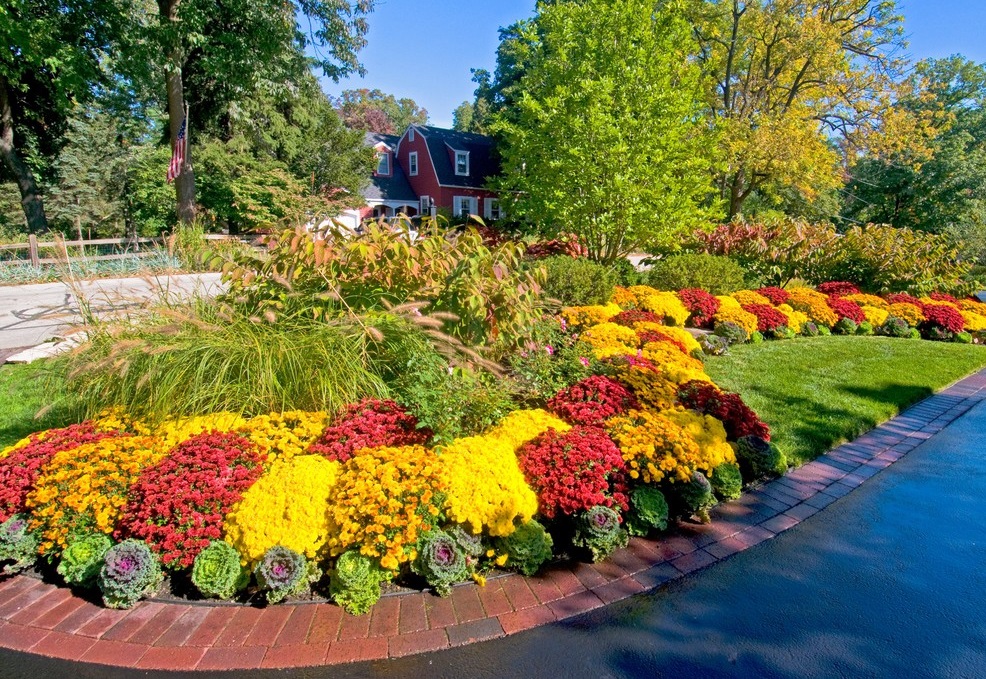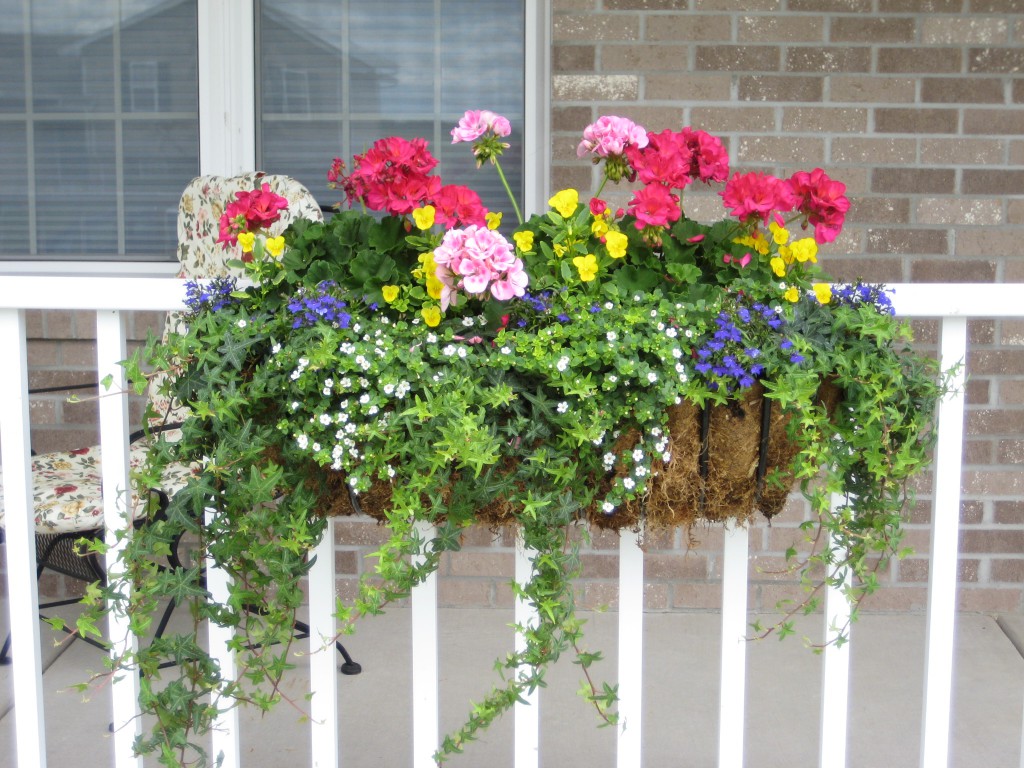We are accustomed to caring for houseplants using conventional methods. Which of them are delusions and only hinder their development, we will tell in the article.

Plants should stand on the windowsill
In fact, you can place them anywhere, as long as the conditions are suitable - lighting, temperature, humidity. Sometimes a windowsill is not the right place.
Most house flowers do not need direct sunlight and cause leaf burns. Therefore, south-facing windows are not the most suitable places for flowers in the summer. In the afternoon, pets will have to be shaded from the sun or removed.
Drafts are also harmful, so in winter, carefully monitor if the flower stands in the path of cold air from cracks or an open window.
There are species that feel good inside the apartment, even in shade. Tall flowers, such as rubber plant, zamiokulkas, sansevieria, ferns are placed on the floor in large flowerpots as an element of the interior. Place flowers on shelves, racks and hanging planters. Good illumination is required only for variegated species, which lose their color in darkening. Place a special lamp next to it, it will increase the length of daylight hours and the variegated plant can also not be placed on the windowsill.
Apply more fertilizer
Fertilizers are needed during the period of growth, vegetation. Like watering, they are beneficial when done correctly.
If the pot has fresh, suitable soil, and the plant is actively developing, then feeding may not be needed. For those flowers that are transplanted annually, fertilizers are needed in a short period - add nutrients before the next transplant. If the flower is an adult and a transplant is needed every 2-3 years, then feed it more often in accordance with the instructions.
In spring and summer, you can fertilize almost all flowers; by the beginning of winter, leave feeding only to those that continue to bloom. For plants during dormancy, fertilization can even be harmful.
The more often you replant, the better the plant grows.
Transplantation is planned and unplanned. Planned for young plants once a year, in spring or early summer, before rapid growth, and for adults - once every 2-3 years.
An unscheduled transplant is arranged if necessary, if the roots have grown greatly and the pot has become small or the leaves begin to wither, then fresh soil will help save the situation.
It is impossible to transplant more often unnecessarily, it is stress in any case. Even if you do everything carefully, inevitably, some of the roots are damaged. Plus, fresh soil, rich in nutrients, tones up and stimulates growth, brings the plant out of dormancy. After transplantation, he needs care and attention: do not move, water carefully, do not flood and do not put in a bright light.
Plants need to be kept warm
Most species prefer room temperature or slightly higher. There are few people who tolerate heat and direct sunlight well without losing their appearance - yellow, dry tips, fallen leaves.
Warmth for flowers is the absence of drafts and maintaining approximately the same temperature during growth and flowering. And for plants during the dormant period, the temperature of the content is lowered to 10-12 degrees. Under such conditions, they have a lot of bud ovaries for future lush flowering.
Need to water frequently
Water as needed.Experienced growers advise - it is better to underfill than to overfill. If you constantly water it abundantly, the roots will not have time to absorb moisture, they will start to rot and the plant will die.
Always check the soil from above, watering is needed if the top 2-3 cm is dry. Cacti and succulents tolerate even a short-term lack of watering, their moisture reserve is stored in the leaves and stems, they are not often watered.
More water is required in summer than in winter, so gradually reduce the amount from the beginning of autumn. Some flowers are watered once a month in winter to provide a dormant period.
In order to prevent water from accumulating at the bottom of the earthy coma, place a layer of expanded clay when replanting. It will absorb excess moisture from the soil.
Better to water the plants in a tray
It is not recommended to spray and water the flowering species from above, so as not to damage the flowers themselves. Also plants, dense at the roots, groundcover and with velvet leaves. They may develop mold, fungi, and other diseases from excess moisture near the soil surface covered by leaves. For these flowers, take a deep pallet, and after watering, the remaining water is drained after 30 minutes.
Some flowers, for example, orchids, are watered by immersion - two or three times a month the pot is placed in a container of water for 15 minutes, then the water is allowed to drain. And the bromeliad is watered directly into the flower outlet. Therefore, it cannot be said that the method of watering into the pallet is suitable for all flowers.
Most houseplants are watered from above, trying not to get on its parts, only on the ground. When water appears in the pan, it means that it has reached the roots and the rest can be poured out. Moderate watering with a watering can won't hurt.
Plants do not need to be cut
Most plants are pruned to form a neat look and shape. Due to lack of lighting or other care errors, the flower may stretch upward, exposing the lower part. And it will eventually turn into a kind of palm tree - a thin stem and 5-7 leaves or stems on top, which looks completely unattractive.
To prevent this from happening, the upper shoots are pinched or cut off. This stimulates the growth of the lateral, makes the flower overgrow with a lush crown.
If you regularly cut the shoots from the right side, you will get any shape - round, oval, conical. Florists use this, experiment, create unique compositions, for example, from 3-4 Benjamin ficuses, intertwining the trunks of young specimens and cutting off the upper shoots.


